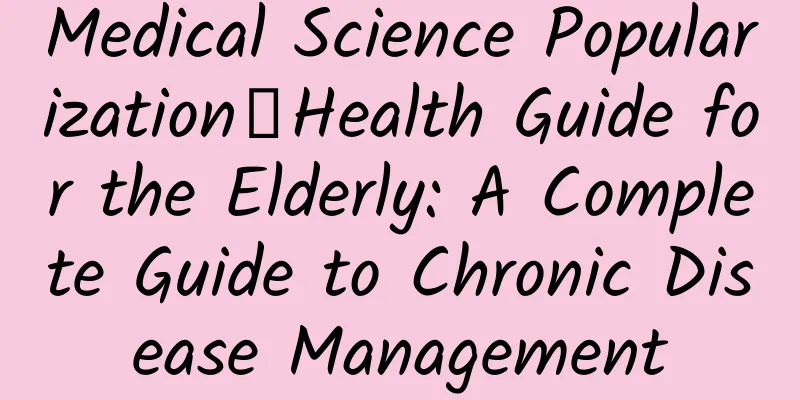Can the eyes also have a "stroke"? These types of people must be vigilant!

|
Teacher Qin (pseudonym), 45, is a senior high school teacher who spends more than 10 hours a day preparing lessons and teaching. The recent intensive use of her eyes often makes her feel blurred vision. Last weekend, while preparing lessons, Teacher Qin's right eye suddenly turned black, and her family rushed her to the Aier Eye Hospital affiliated to Wuhan University for treatment. After examination, it was found that the central retinal artery of Ms. Qin's right eye was blocked, which is commonly known as "eye stroke". It is necessary to restore the blood supply to the retina as soon as possible to promote the recanalization of the blocked blood vessels, otherwise serious visual impairment will occur. "I have only heard of 'brain stroke' before, but I didn't expect that the eyes could also have 'stroke'." She said sadly. Yan Jing, chief physician, deputy leader of the fundus disease group of Aier Eye Hospital Group in Hubei Province, and deputy director of the fundus disease department of Aier Eye Hospital affiliated to Wuhan University, introduced that "eye stroke" is also called "ocular apoplexy", which is similar to "cerebral stroke" and used to occur more frequently in middle-aged and elderly people. Hypertension, hyperlipidemia, arteriosclerosis and other diseases are common underlying diseases. However, with the change of lifestyle, this disease has gradually become "younger", which is related to unhealthy work and life habits and mental stress. What is an "eye stroke"? Central retinal artery occlusion (CRAO) is a serious acute blinding eye disease. It is caused by the blockage of the central retinal artery, which causes acute ischemia of the retinal tissue, leading to a sharp decrease in vision and a reduction in the visual field. The visual impairment is very serious, with a blindness rate of up to 80%. Who is prone to eye stroke? 1. People with high blood pressure, high blood lipids, high blood sugar and other three highs, and people with basic cardiovascular diseases; 2. Long-term smokers; 3. People whose eyes are overstrained due to long-term intensive eye use and emotional stress. Wu Jianhua, associate professor, chief physician, deputy director of the third committee of the Hubei Provincial Medical Association's Ophthalmologists Branch, president of Wuhan University Aier Eye Hospital, and director of the Department of Fundus Diseases, reminds everyone: Use computers and mobile phones in moderation, do not watch TV or mobile phones for too long, and follow the "20-20-20 eye protection rule". For every 20 minutes of close-up use of the eyes, you need to rest for 20 seconds and look at the grass, trees or other objects 20 feet (about 6 meters) away. If you experience blurred vision or sudden loss of monocular vision, you need to go to a regular hospital for examination as soon as possible. |
<<: Taking good care of yourself this season can prevent minor illnesses throughout the winter!
>>: GlobalWebIndex: Google+ has 360 million active users, second only to Facebook
Recommend
What can pregnant women eat to reduce stretch marks?
With the improvement of people's quality of l...
What is discharged after taking suppositories for cervical erosion?
Women often suffer from cervical erosion. For wom...
What spices and sauces are used to make braised beef?
We all know that there are many ways to eat beef,...
The 3 most hidden secrets of a woman's body
In life, everyone has their own little secrets th...
Can I test positive for pregnancy if my period is four days late?
When girls enter puberty, they will have menstrua...
How was the sandwich invented? Is the sandwich high in calories?
Sandwich is a very convenient and delicious food....
What does a routine checkup for women include?
We often hear some people say that female friends...
Women are afraid of heat in summer and cold in winter
Some people say that their hands and feet are col...
Can I lose weight after miscarriage? What are the hazards and precautions?
Can I lose weight after miscarriage? The postpart...
There is a lump and pain when pinching the chest
Female friends are very afraid of suffering from ...
Beer and barbecued crayfish...it turns out to be a "gout meal". How can we spend the summer in the future?
The temperature has been rising recently, and the...
What are the symptoms of abnormal pregnancy?
During pregnancy, we all hope to give birth to a ...
Things to note when you have nausea after curettage
We all know that if a woman's uterine membran...
"Fatal" acute epiglottitis
This is the 4574th article of Da Yi Xiao Hu Xiao ...









